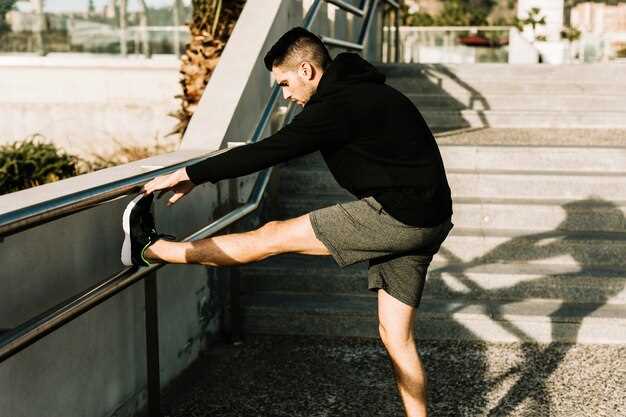
In the world of automotive design, side skirts play a crucial role in optimizing the aerodynamic efficiency of vehicles. These components are not merely aesthetic enhancements; they significantly influence the flow of air around the car, reducing drag and improving stability at high speeds. By channeling airflow more effectively, side skirts help in achieving better performance and fuel efficiency.
The primary function of side skirts is to minimize the turbulence generated by the vehicle’s body as it moves through the air. This reduction in turbulence results in a smoother airflow, allowing the car to slice through the atmosphere with less resistance. As drivers seek both performance and economy, understanding how side skirts contribute to vehicle aerodynamics is essential for any automotive enthusiast or professional engineer.
Moreover, the design and material of side skirts can further enhance their effectiveness. From robust carbon fiber to lightweight plastics, the choice of materials affects not just aerodynamics but also the overall weight and handling of the vehicle. As manufacturers continue to innovate, the integration of side skirts in modern vehicle designs showcases a blend of functionality and style, serving as a testament to the evolution of automotive engineering.
Understanding the Role of Side Skirts in Managing Airflow

Side skirts play a critical role in the overall aerodynamics of a vehicle. Their primary function is to manage airflow around the car, particularly along the sides, which significantly contributes to a vehicle’s performance and stability.
Here are the key aspects of how side skirts influence airflow:
- Minimizing Air Resistance: By creating a smoother path for air to flow past the vehicle, skirts reduce drag. This effect enhances fuel efficiency and increases speed capability.
- Directing Airflow: Side skirts guide the airflow towards the rear of the vehicle, preventing turbulence that can disrupt the aerodynamics. This controlled airflow leads to improved downforce and stability at high speeds.
- Reducing Wheel Well Turbulence: By covering the gap between the vehicle body and the road, skirts minimize the turbulence caused by the wheels. This helps maintain a clean airflow around the vehicle, contributing to overall aerodynamic efficiency.
- Enhancing Aesthetic Appeal: While the functional benefits are paramount, side skirts also add a sporty appearance to the vehicle. The visual impact can often influence performance perceptions without compromising airflow management.
- Material and Design Considerations: The effectiveness of side skirts also depends on their design and the materials used. Lightweight composites can enhance performance while maintaining structural integrity to withstand airflow forces.
In summary, side skirts are essential components in managing airflow around a vehicle. They reduce drag, enhance stability, and improve the aesthetic appeal, ultimately leading to better performance on the road.
Impact of Side Skirts on Vehicle Stability at High Speeds

Side skirts play a crucial role in enhancing vehicle stability when driving at high speeds. These aerodynamic components are installed along the lower edges of a vehicle’s body, effectively managing airflow around the sides. By redirecting air, side skirts reduce turbulence and drag, which are significant contributors to instability at elevated velocities.
When a vehicle travels fast, the air pressure beneath the chassis can create lift, compromising control and handling. Side skirts help mitigate this effect by increasing the downforce on the vehicle’s body. This downforce presses the car closer to the ground, resulting in improved traction and stability during sharp turns or rapid lane changes.
Additionally, side skirts contribute to a more streamlined profile, enabling smoother airflow over the body. This streamlined design minimizes the opportunity for air pockets to form, which can lead to sudden shifts in handling or unfavorable responses from the vehicle. A stable airflow pattern helps maintain consistent handling characteristics, allowing drivers to feel more connected to the road.
Another benefit of side skirts is their ability to protect the vehicle’s sides from potential damage caused by road debris or aggressive driving conditions. By reinforcing the structure along the vehicle’s lower extremities, side skirts not only enhance aesthetics but also contribute to overall performance stability.
In summary, side skirts are integral to maintaining vehicle stability at high speeds. By optimizing airflow, increasing downforce, and protecting against external factors, they enable drivers to achieve greater control and confidence while navigating challenging driving scenarios.
Choosing the Right Side Skirt Design for Optimal Performance
To enhance vehicle aerodynamics effectively, selecting the appropriate side skirt design is crucial. Side skirts play a significant role in managing airflow around the vehicle, reducing drag and improving stability at higher speeds. When considering the design, several factors must be taken into account to achieve optimal performance.
First, the shape of the side skirt should complement the vehicle’s lines. A sleek and low-profile design minimizes turbulence and directs airflow smoothly along the sides, preventing it from disrupting the overall aerodynamic efficiency. Curves and contours that match the vehicle’s body help maintain a laminar flow, which is essential for reducing drag.
Material selection is another critical aspect. Lightweight options, such as carbon fiber or advanced composites, not only enhance performance by reducing overall weight but also can be engineered to provide rigidity. This ensures that the skirts maintain their shape and aerodynamic integrity under various driving conditions.
Additionally, integrating functional elements, such as vents or diffusers, can optimize airflow management. These features can help channel air more effectively, improving downforce and stability. It is important to analyze how the side skirt interacts with other aerodynamic components like front and rear splitters for a cohesive design that maximizes airflow efficiency.
Lastly, consider the vehicle’s intended use when selecting side skirt designs. For instance, racing applications may benefit from more aggressive designs that prioritize downforce, while street cars might focus on a blend of aesthetics and functionality without compromising daily drivability. Evaluating these factors will lead to improved performance and a more enjoyable driving experience.



